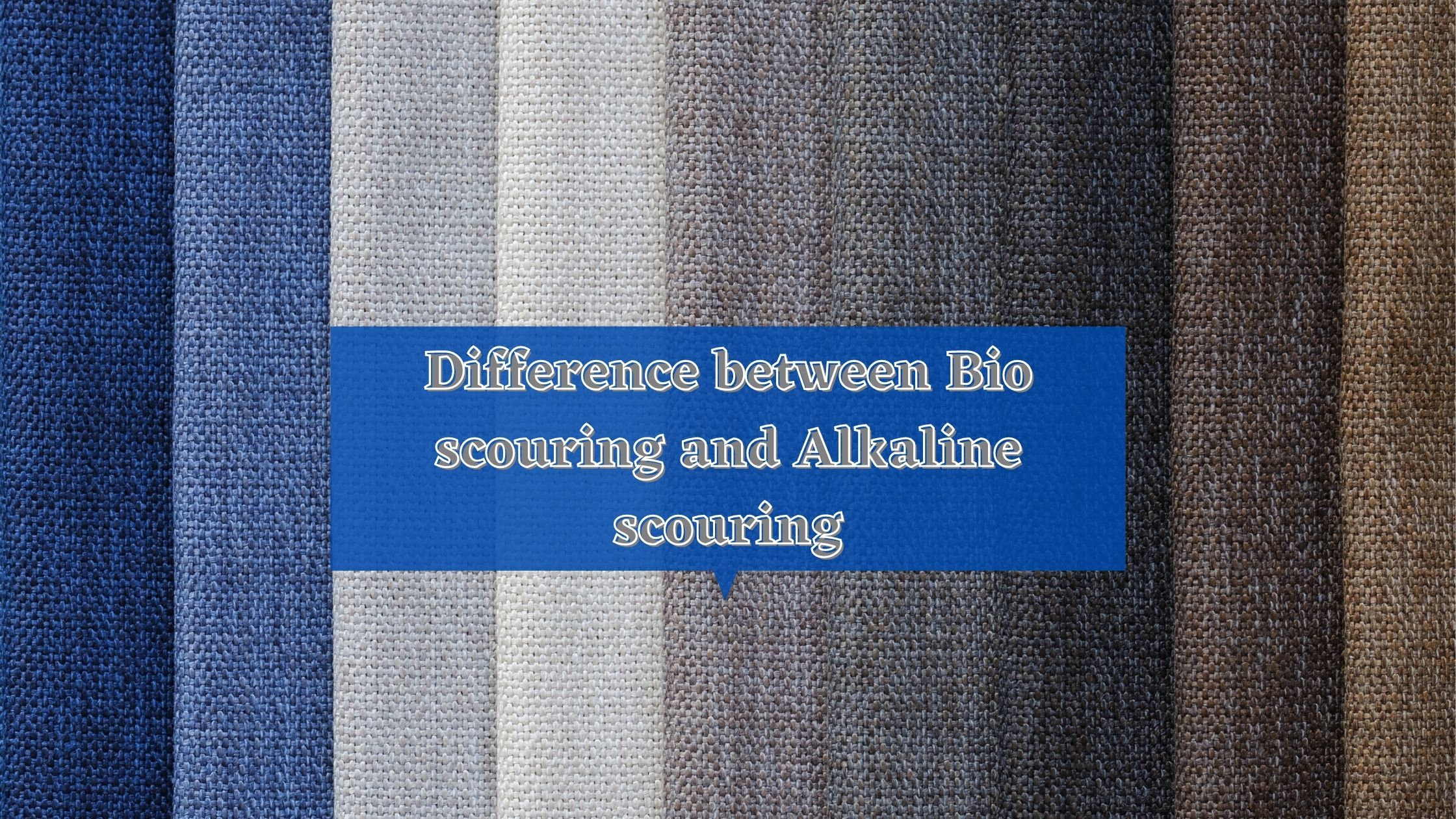In the textile industry, a huge amount of alkali is used every day for scouring purpose. But the unspecific use of these chemicals not only attacks the impurities but also attacks the cellulose of the fibers. This leads to a certain loss of strength properties. Again, a huge load of chemicals in the effluent water adds loads to the environment. The effluent water has high TDS, BOD, COD values and affects the environment tremendously. Bio-scouring is a smart and eco-friendly solution to all of these problems.
12 Difference Between Bio scouring vs Alkaline scouring
Bio-scouring | Alkaline scouring |
Bio-scouring is done with enzymes | Scouring is done with alkali solution |
Provides smoother surface profile | Harshness |
Cellulose with complete removal of impurities | Cellulose with complete removal of impurities and partial cellulose |
No need of alkali neutralization | Requires alkali neutralization |
Less washing cycle | More washing cycle |
Less amount of TDS, BOD, COD | More TDS, BOD, COD |
Completely eco-friendly | Not eco-friendly |
No loss of fabric strength if controlled bio-scouring is carried out | Loss of fabric strength |
Cost effective | Costlier than bio-scouring |
Carried out at moderate temperature like 55°C | Carried out at boil temperature |
No added chemicals are required | Added chemicals are required |
Not suitable for removing seed coat fragments and motes and inability to remove waxes adequately | Seed coat fragment, motes, waxes everything removes completely |
You may also check the Differences Between Scouring and Souring.

